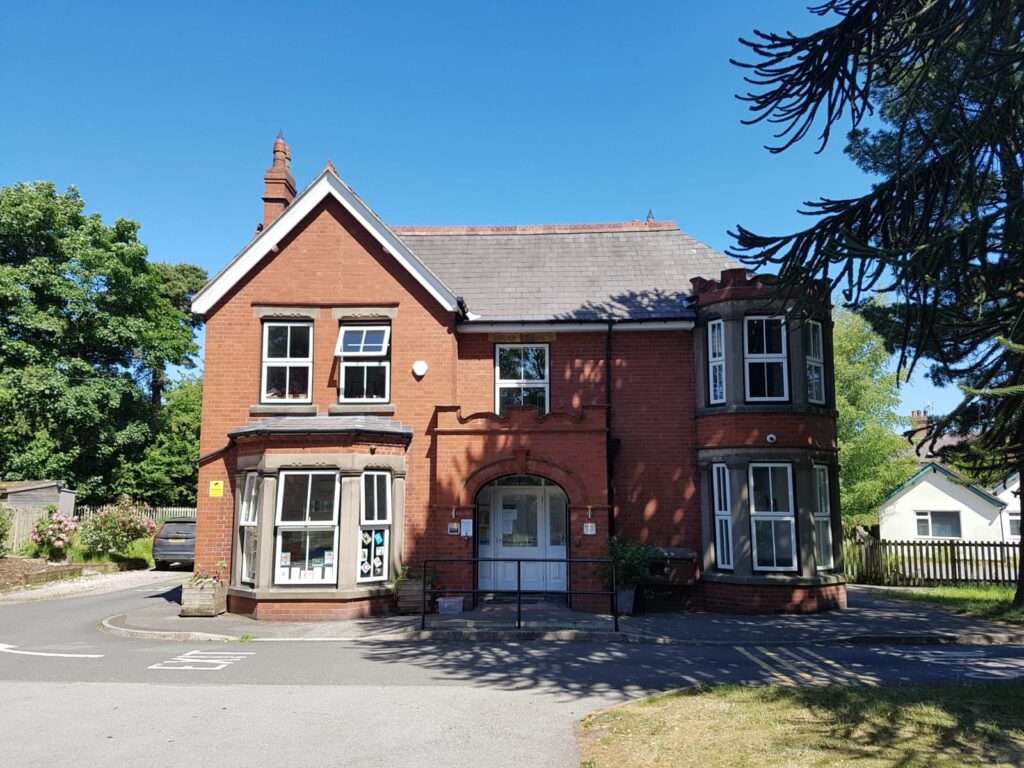COVID-19 – update
2020 will certainly not be a year any of us forget in a hurry. In March, the way we live and work changed, perhaps forever. Some businesses had to close their doors and are yet to re-open. Others continued, providing food or essential services. Here at Hollybank Veterinary Centre, we perhaps fell somewhere between the two and that has given us a lot of challenges over the last three months.
Hollybank opened in March 2009, just as we entered a recession, so we are no stranger to economic uncertainty. Thankfully, eleven years on, we are hopefully more resilient, but nothing could have prepared us for a pandemic.
When the Prime Minister announced the lockdown we had some quick decisions to make. We knew we wanted to stay open and provide the service our clients and patients rely on, but at the same time we needed to keep our staff and clients safe and we needed to weather the storm financially. We took guidance from our governing and advice bodies – the Royal College of Veterinary Surgeons (RCVS), the British Veterinary Association (BVA) and the British Small Animal Veterinary Association (BSAVA) and set about making a plan. This plan was to change many times (just in the first 24 hours alone!) because no-one knew exactly what they were dealing with.
For the first part of lockdown the advice was clear – emergencies only. No clients were allowed in the practice which meant our whole way of working had to alter. Instead of our normal face to face consults we would use telephone consultation to triage cases and decide who needed to be seen and who we could treat remotely. Normally our guidelines state we must examine all patients in order to provide prescription medication but the RCVS granted temporary measures to allow us to prescribe remotely, reducing the number of people who would need to come to the hospital. For those that did need to come we had to take pets from their owner into the practice as safely as we could. Cats in baskets were quite straight forward but dogs on leads proved a little trickier!
Social distancing within the practice was another challenge. Whilst it was possible to keep clinical (vets and nurses) and non-clinical (receptionists) staff two metres apart, vets and nurses examining and treating the same patient could not socially distance. Two teams were formed, each made up of two vets and two nurses that would work 4 days on, 4 days off each, thus minimising interactions as much as possible and allowing one team to remain operational should any member of the other team become unwell. Of course regular handwashing is second nature in our job anyway!
Although we would have liked to keep all our staff working, that was just not an option. We had a markedly reduced workload as all routine and preventative healthcare appointments and procedures had to be cancelled. We furloughed several staff. They would remain in reserve if any of the working members of staff became unwell.
We provided a daily delivery service for medications and food orders. We hoped this would be helpful to our clients, some of whom had to self-isolate or shield, as well as reducing the number of people needing to come into contact with our staff. Using the ambulance we provided daily deliveries every week day right up until the end of May.
Once it became clear that we were going to have to get used to a new ‘normal’, the advice on what we could do gradually altered. Some vaccinations were allowed – whilst we did not want to compromise public health, nor did we want an outbreak of disease in our cat and dog populations. Over time, the advice from RCVS, BVA and BSAVA has evolved to the point that we are now allowed to do the vast majority of our normal workload. Strict social distancing measures of course have to be maintained and that has provided new challenges. Our reception remains closed and we now have an intercom system in order to conduct consultations at a distance. We have also erected a gazebo to provide outside cover (we cannot rely on the lovely weather continuing!).
We have now made the decision to start bringing back our furloughed staff. Our consultations take longer than they would normally and we are getting busy enough to be able to return to our full staff capacity. However, we continue to work in teams to ensure that should anyone become unwell, we can both protect other people and continue to staff the hospital appropriately to provide ongoing 24 hour care.
The changes we have had to undertake during the last three months have been challenging and of course there will likely be many more before things start to look more like life used to. However, there have been some wonderful moments. Being able to lend some of our monitoring equipment to the NHS helped us feel we were playing our part too. We are so proud of how the team have responded to the difficult times – those that have worked long hours and unusual shifts without complaint and those that have not been able to work and have supported their colleagues from home.

